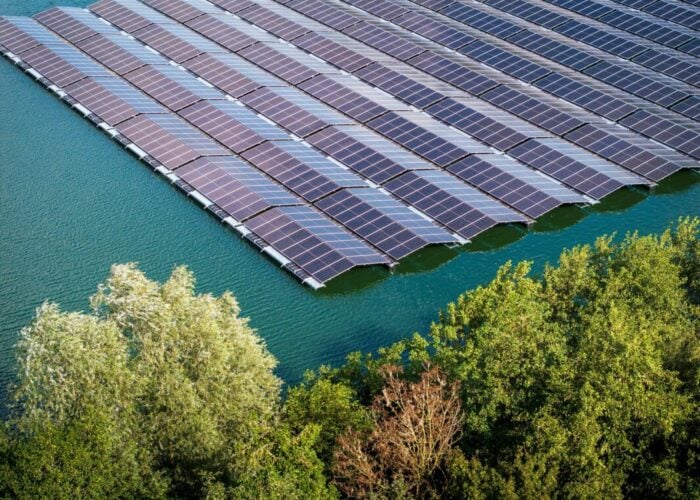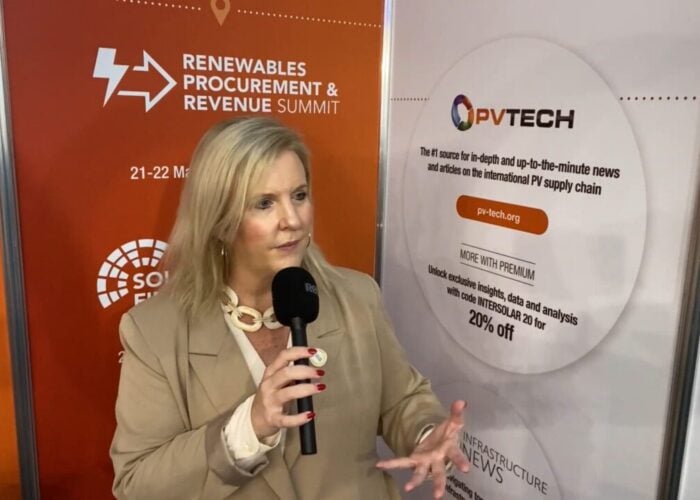Californian utility company Pacific Gas & Electric (PG&E) has accused solar net metering users of increasing energy rates for its customers.
Helen Burt, PG&E Chief Customer Officer and a Senior Vice President, wrote in a blog, “When customers install solar and use net energy metering, they avoid paying their fair share of the electricity grid they use at night. Remaining utility customers pay for the fixed costs of the electricity grid and other programs, driving their rates higher.”
Try Premium for just $1
- Full premium access for the first month at only $1
- Converts to an annual rate after 30 days unless cancelled
- Cancel anytime during the trial period
Premium Benefits
- Expert industry analysis and interviews
- Digital access to PV Tech Power journal
- Exclusive event discounts
Or get the full Premium subscription right away
Or continue reading this article for free
Although she emphasises that PG&E has offered “unparalleled” commitment to solar power, she states the utility has a responsibility “to protect customers who choose not to install solar or can’t afford solar.”
Net metering is a programme that provides rooftop solar customers with utility bill credits for the surplus clean energy that their solar systems feed onto the electric grid.
Run on Sun Founder Jim Jenal has called her blog a “Declaration of War” and said Burt’s “populist attack on solar” is “nonsense”.
Jenal said, “All customers, including those who install solar and use net metering, are billed the same way to cover the costs mentioned by Ms. Burt. But here’s the thing, the amount of that payment is tied to energy usage – the more kilowatt hours you consume in a billing period, the more you pay for grid maintenance.”
Last month, US lobbyists the Vote Solar Initiative released a study which demonstrated that net metering was beneficial to ratepayers.
Although the report was co-authored by a former advisor to another utility company California Public Utilities Commission (CPUC), Tom Beach of Crossborder Energy, Burt called the results of it “predictable”.
Beach explained, “Most net metering systems only export about one third of their power. As a matter of physics, those exports usually serve the net metering customer's neighbours, it serves nearby loads. The principal cost is that utilities lose revenues when the meter runs backwards and the utility may incur billing and administration costs.”
Furthermore, the Vote Solar Initiative study points out that policies like net metering has made California home to a fast-maturing solar industry, which now employs over 43,000 Californians and has attracted over US$10 billion in private investment.
Jenal concludes, “Utilities like PG&E know that as solar costs come down, they are going to start losing more and more revenue.
“Since distributed generation reduces their peak load, they have less and less justification to build more generation capacity, which is the basis for their guaranteed returns. In a world where many more utility customers can afford to install solar, this is simply not a sustainable business model. So PG&E is doing what every dying industry does – attacking the “fairness” of the competitor that is eroding their bottom line.”






